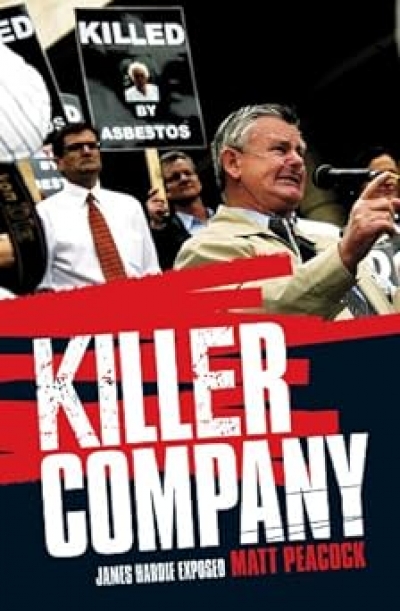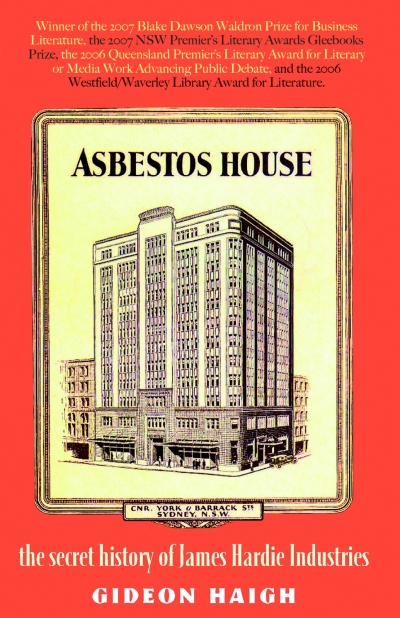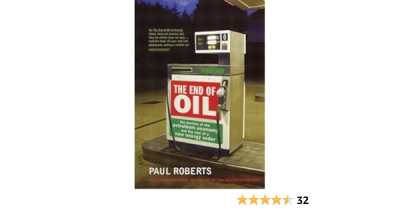The experts may prognosticate, but reality makes fools of them, too. Paul Roberts, in The End of Oil: The Decline of the Petroleum Economy and the Rise of a New Energy Order, reviews several scenarios for the future of oil that were advanced in late 2002 by the US National Intelligence Council. The two most bleak ones had the price of oil reaching US$50 a barrel, the first sometime between 2010 and 2015, the second somewhat earlier, following convulsions in the Middle East. As we know, US$50 was reached only a few months after The End of Oil was published in the US; at the time of writing, the price is around US$60 a barrel. Reading these two books confirms the certainty, speed and completeness of change. The unknowable for oil is: when?
...
(read more)




